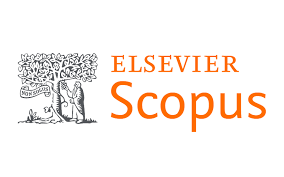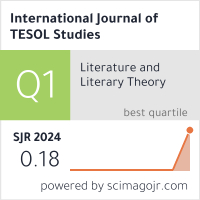2632-6779 (Print)
2633-6898 (Online)


Scopus
Ulrich’s Periodicals Directory (ProQuest)
MLA International Bibliography
MLA Directory of Periodicals
Directory of Open Access Journals (DOAJ)
QOAM (Quality Open Access Market)
British National Bibliography
WAC Clearinghouse Journal Listings
EBSCO Education
ICI Journals Master List
ERIH PLUS
CNKI Scholar
Gale-Cengage
WorldCat
Crossref
Baidu Scholar
British Library
J-Gate
ROAD
BASE
Publons
Google Scholar
Semantic Scholar
ORE Directory
TIRF
China National Center for Philosophy and Social Sciences Documentation
Laetitia Monbec
National University of Singapore, Singapore
Abstract
This paper describes how the content knowledge in an Academic English Writing, Content and
Language Integrated Learning (CLIL) module 'Colour: Theory, meaning and practice' was adapted to
online delivery to adjust to the COVID pandemic social distancing measures. The module is delivered
to small groups of approximately 15 students, and, in face-to-face mode, the pedagogy exploits this
by engaging students in small group discussions, dialogue, questioning, and oral presentations. In
a face-to-face mode, the content is unpacked and scaffolded dialogically throughout the tutorials.
Shifting to an online delivery in a well-equipped setting (technology was widely available to tutor and
students) involved deliberate scaffolding of content and orchestration of the various technologies and the various interaction they afford in order to achieve the same learning outcomes. In doing this, the author found that the Legitimation Code Theory dimension of semantic gravity, which conceptualises content knowledge in terms of levels of abstraction, was helpful to guide the scaffolding of content over the tutorial. The paper describes the content and the aim of the module and one specific tutorial on Colour in Film leading to a written assignment. It then briefly explains how Legitimation Code Theory was used in this context. The tutorial stages are described to demonstrate how students were provided different types of activities to engage gradually with increasingly abstract and theoretical content.
Keywords
CLIL, online teaching, scaffolding, Legitimation Code Theory, colour semiotics